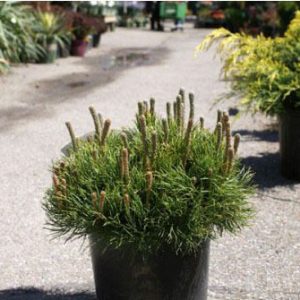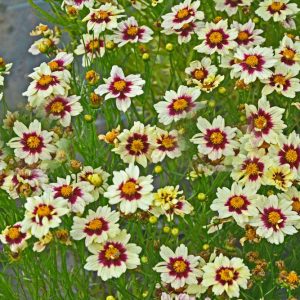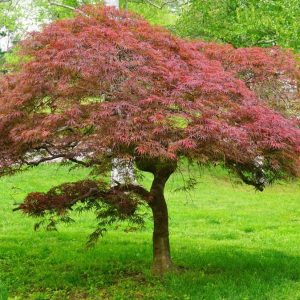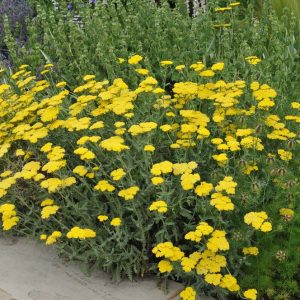Description
Juniperus – Sabina – Juniper
There are about 60 species of slow growing and long lived, coniferous shrubs and tall trees in this genus. They are the most drought hardy genus of all conifers. They occur from dry forest and hillsides throughout the Northern Hemisphere. Juvenile leaves are usually needle like or narrowly wedge shaped, and ¼-½” long. Adult leaves are usually scale like and overlap, either lying flat along the shoots or spreading, and 1/16-¼” long. Both juvenile and adult leaves exude a pungent, somewhat pleasant smell when crushed. In most cases, male and female cones are borne on separate plants: male cones are spherical to ovoid, yellow, and to ¼” across, females develop into usually spherical, fleshy, berry like fruits, 1/8-½” across, with 1-10 seeds, and are persistent, generally ripening over 2 to 3 years. Junipers tolerate to a wide range of soils and conditions, and are useful for hot, sunny sites. Use as specimen plants in a rock garden and prostrate species as a groundcover. Contact with the foliage may aggravate skin allergies.
Easily grown in any well drained soil, including dry, chalky, or sandy soils, preferably in full sun or in light, dappled shade. Junipers need little, if any, pruning, other then sculpting or to restrain spread.
Prone to leaf miners, bark beetles, scale insects, aphids, mites, caterpillars, bagworms, phomopsis twig blight, gymnosporangium rust (cedar apple rust), dieback, canker, lesion nematodes, brown felt blight, and a variety of heart rot and wood rots.
J. sabina ‘Calgary Carpet’ – Savin Juniper – This dense low, spreading shrub found from Southern and Central Europe to Northern China grows 6-9″ inches tall and 10’ feet wide. It has flaking, red-brown bark and slender, four sided shoots. From short, ascending feathery branches, it carries bright green leaves, adult leaves are borne in pairs lie flat along the stems, are ovate, scale like, each with a small gland on the back, and a fetid odor when crushed. Flattened, spherical fruit, bluish black with white blooms, ripen over the first winter. Resistant to juniper blight
Zones 4-7





